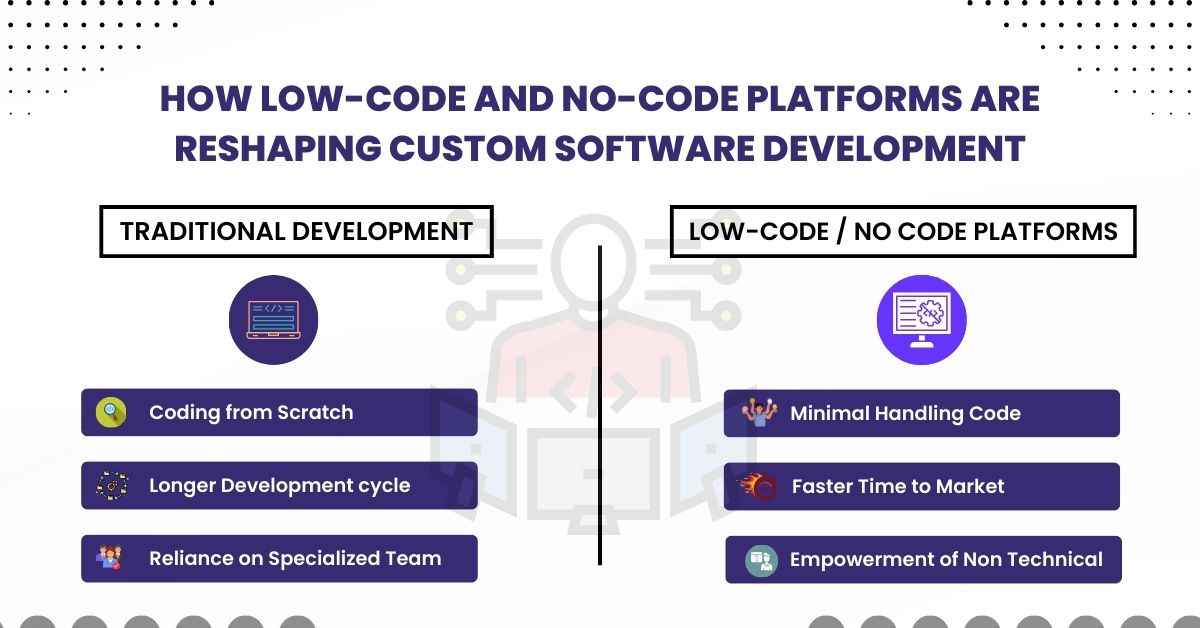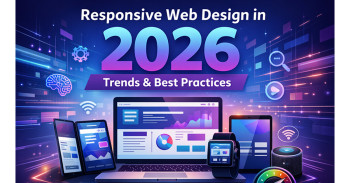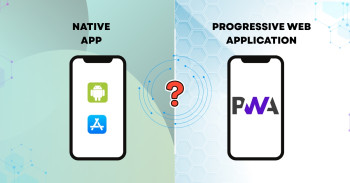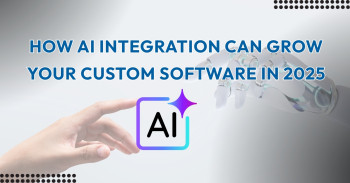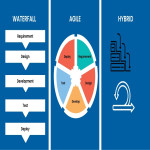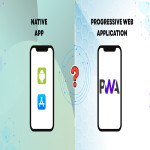1. Introduction
The software industry is experiencing a profound transformation. For many years, the development of applications necessitated teams of exceptionally skilled developers, extensive time commitments and considerable financial resources. However, in the present day, low-code and no-code platforms are making software creation accessible to a broader audience—empowering both businesses and individuals to develop robust applications more swiftly than ever before.
- Low-code platforms: Demand minimal hand-coding, offering pre-constructed components and visual workflows.
- No-code platforms: Enable users to create fully operational applications through drag-and-drop interfaces, requiring no coding knowledge whatsoever.
Collectively, these methodologies are redefining the landscape of custom software development, effectively connecting business requirements with technical expertise.
2. The Traditional Custom Software Development Landscape
Historically, custom software development meant
starting from scratch: writing thousands of lines of code, designing complex
databases and performing rigorous testing cycles.
Challenges included:
- High
costs: Hiring specialized developers and maintaining infrastructure.
- Lengthy
timelines: Projects often stretched into months—or even years.
- Skill
shortages: Scarcity of experienced developers slowed delivery.
- Scalability concerns: Adapting software to changing business demands was cumbersome.
This traditional model, while powerful, was often inaccessible to smaller organizations or teams needing quick solutions.
3. What Are Low-Code and No-Code Platforms?
- Low-code
platforms: Designed for developers who want to accelerate delivery.
They provide reusable templates, drag-and-drop modules and the option to
inject custom code.
- Examples:
OutSystems, Mendix, Microsoft Power Apps.
- No-code
platforms: Empower non-technical users—often called citizen
developers—to build apps using visual interfaces and logic builders.
- Examples:
Bubble, Airtable, Webflow, Glide.
In short, low-code accelerates developers, while no-code
empowers everyone else.
4. Key Advantages That Are Transforming Development
- Accelerated
Time to Market
·
Create
and launch applications within days or weeks rather than months.
- Decreased
Development Expenses
·
Reduced
dependence on large development teams and costly resources.
- Empowerment
of Non-Technical Users
·
Business
users can address their own issues without waiting for IT support.
- Swift
Prototyping and Iteration
·
Quickly
test concepts, improve based on feedback and launch more rapidly.
- Enhanced
Collaboration
·
Business
and IT teams collaborate effortlessly on shared platforms.
- Scalability
and Integration
· Contemporary platforms connect with APIs, databases and cloud services, facilitating easier scaling.
5. Real-World Use Cases
- Startups:
Launch MVPs on platforms like Bubble or Webflow to validate ideas without
heavy upfront costs.
- Enterprises:
Build internal tools (dashboards, HR systems) using Mendix or Power Apps.
- Governments/Non-profits:
Automate workflows, approvals and citizen services with Airtable or
AppSheet.
For example, during the COVID-19 pandemic, several governments used no-code platforms to deploy emergency response applications within weeks.
6. Impact on Developers and IT Teams
While some fear these tools may replace developers, the
reality is different:
- Developers
evolve into architects: focusing on integrations, scalability and
governance.
- Shift
in roles: From coding every line to enabling, orchestrating and
securing solutions.
- New
skills: API integration, platform management and governance
frameworks become critical.
Instead of replacing developers, low-code/no-code platforms amplify their impact.
7. Limitations and Considerations
Despite their benefits, these platforms are not a silver
bullet:
- Platform
lock-in: Migrating away can be challenging.
- Customization
limitations: Advanced or highly specific functionality may still
require code.
- Security
& compliance: Sensitive industries must carefully evaluate
platforms.
- Scalability
limits: Large-scale enterprise systems may outgrow some platforms.
- Governance
issues: Uncontrolled use by citizen developers can lead to
"shadow IT."
Organizations must adopt clear governance policies to balance speed with control.
8. Future Outlook
The future of low-code/no-code looks even brighter:
- AI-assisted
development: Platforms are beginning to suggest workflows, generate
logic and optimize apps automatically.
- Cloud-native
integrations: Seamless connections with AWS, Azure and Google Cloud.
- Hybrid
models: Combining no-code for front-end and low-code/custom code for
complex logic.
- Enterprise adoption: Gartner predicts that by 2026, over 80% of new applications will be built using low-code/no-code technologies.
This evolution points toward a world where software creation becomes as common as spreadsheet use.
9. Conclusion
Low-code and no-code platforms are not just trends—they are fundamentally transforming custom software development. They reduce costs, accelerate timelines and empower business users to become creators.
The question is no longer whether businesses will adopt them, but how quickly they can adapt to this shift to stay competitive.
